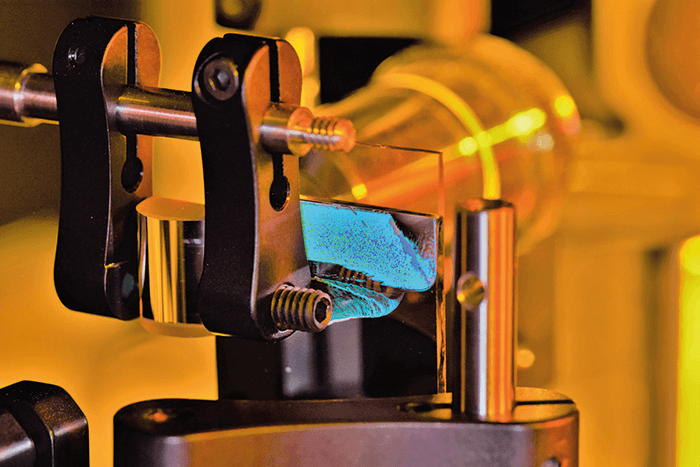Radioactive Probe
Investigating the chemistry of the inner surface of nuclear fuel cladding for radioactive materials with an X-ray Photoelectron Spectrometer. Photo credit: Canadian Nuclear Lab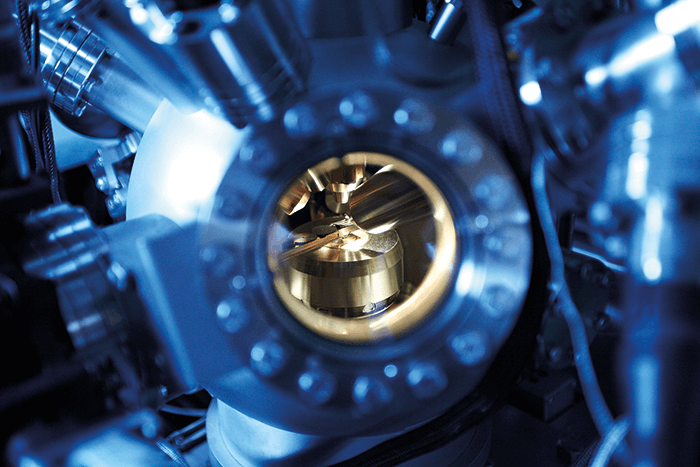
Bright Lights, Big City?
Scientists at MIT have developed a super-resolution imaging technique (pictured), which uses a combination of multi-colored lasers and mirrors to track transient phenomena; for example, enzyme clustering on genes. Photo credit: MIT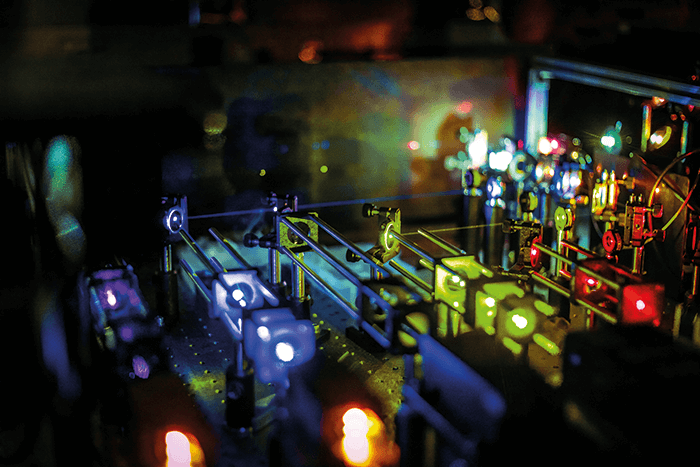
Absolute Zero
Bose–Einstein condensates (BECs) are quite chilly – typically less than a billionth of a degree above zero Kelvin (just above -273.15 °C). The small orange cloud to the right of the center of the image is the laser-trapped BEC. BECs are extremely sensitive to tiny changes in the Earth’s magnetic field or gravity, so they could have potential utility in navigation systems. Now, physicists from Australian National University (ANU), University of Adelaide and UNSW ADFA (University of New South Wales at the Australian Defence Force Academy), have passed the task of trapping and super cooling atoms with three lasers onto an artificial intelligence system. “I’m sorry Dave, I’m afraid I can’t do that.” Photo credit: Stuart Hay, ANU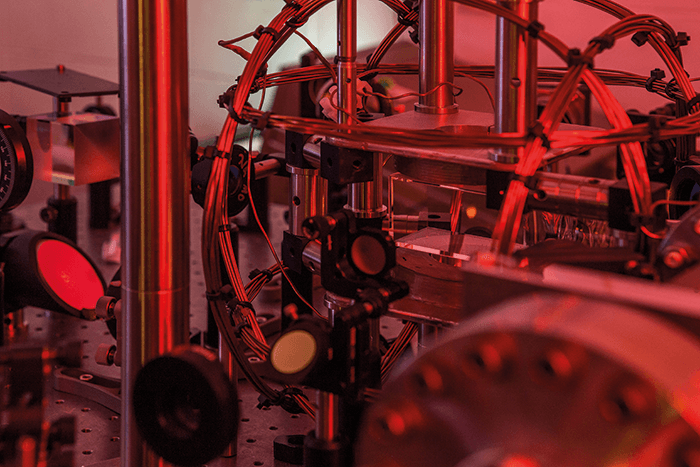
Chemistry Test
A collection of chemical elements and compounds from 1875-1900. Without resorting to your analytical toolbox, care to make any predictions of the contents? Answers on a postcard, please. Photo credit: Hans Splinter (Flickr)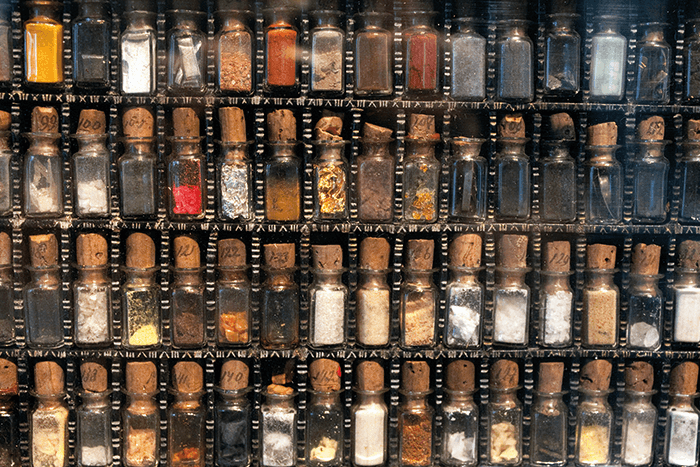
Macro NMR
Overexposed close up of tubes used for nuclear magnetic resonance spectroscopy. Photo credit: inF! (Flickr)
The Starry Night
Using folded DNA to precisely place glowing molecules within microscopic light resonators, researchers at Caltech have created one of the world’s smallest reproductions of Vincent van Gogh’s The Starry Night. The monochrome image – just the width of a dime across – was a proof-of-concept project that demonstrated, for the first time, how the precision placement of DNA origami can be used to build chip-based devices, such as computer circuits, at smaller scales than ever before. Photo credit: Ashwin Gopinath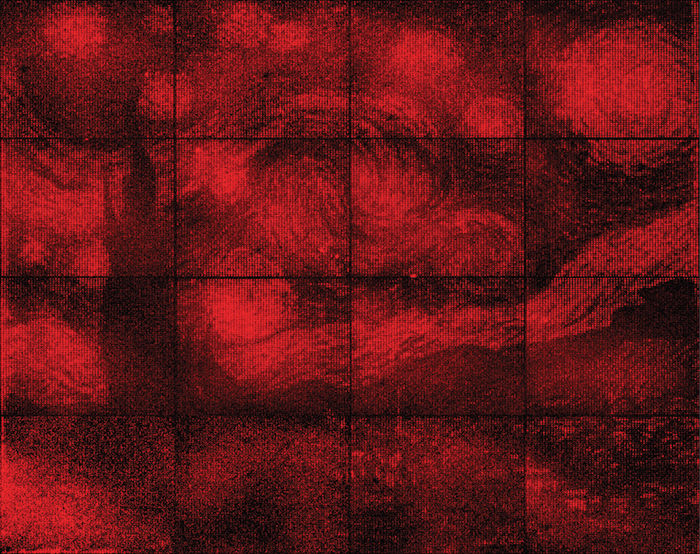
DESI for a Dollar?
An Orbitrap mass spectrometer equipped with customized desorption electrospray ionization (DESI) source. The dollar bill shows the size of the sample area for desorption. Photo credit: ESML (CC 4.0)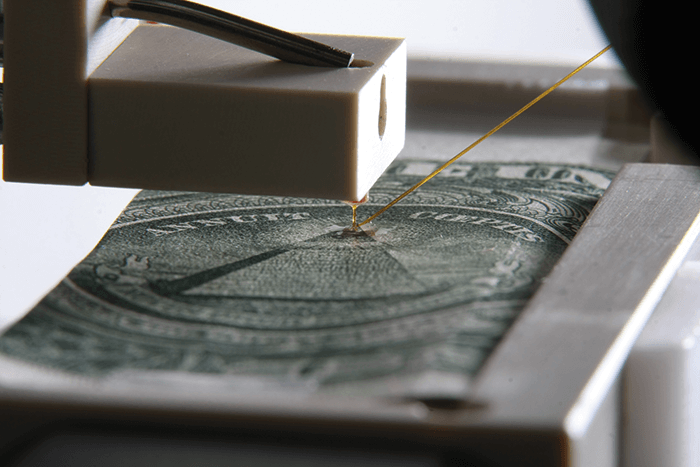
The Crystal Maze
Microscale granular crystal in a laser ultrasonic experimental setup. University of Washington mechanical engineers are the first to observe and analyze dynamics of two-dimensional microscale granular crystals. The little understood materials could be used in diverse applications – from signal processing to disease diagnosis to micro-meteorite shielding for spacecraft and better bulletproof vests. Photo credit: University of Washington